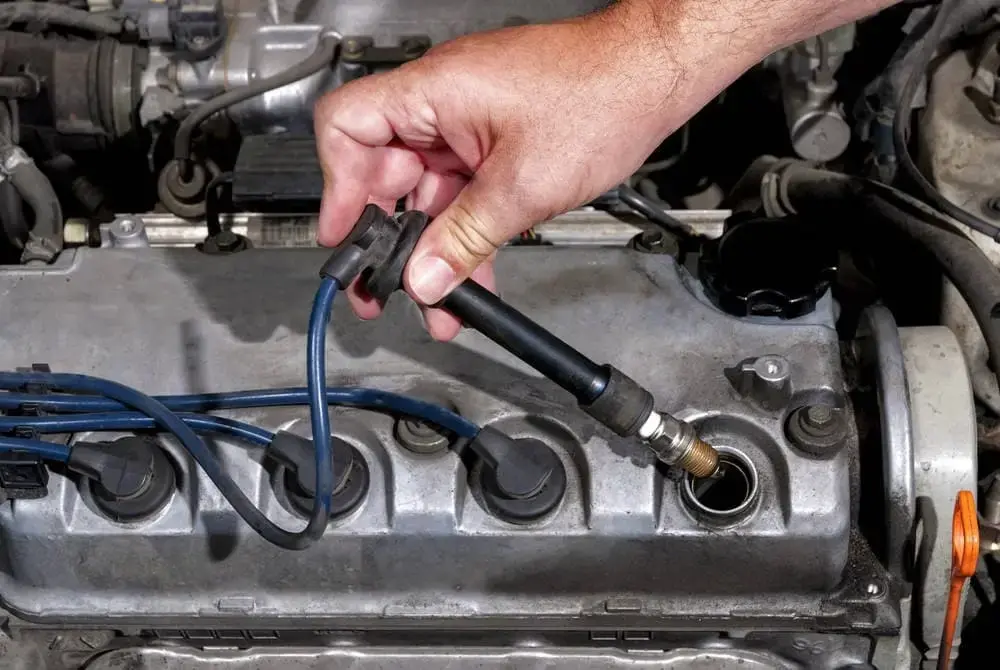
In this comprehensive guide, we'll provide step-by-step instructions for replacing your car's spark plugs, empowering you to enhance engine performance and prolong the life of your vehicle.
Why Replace Your Spark Plugs?
Spark plugs play a pivotal role in igniting the air-fuel mixture in your engine's combustion chambers. As they age, spark plugs can become worn or fouled, resulting in inefficient combustion and reduced engine performance. By replacing worn spark plugs, you can restore ignition efficiency, improve fuel economy, and reduce harmful emissions.
When to Replace Spark Plugs:
It's essential to replace your spark plugs at regular intervals to maintain optimal engine performance. While the recommended replacement interval varies depending on factors such as vehicle make, model, and driving conditions, a general rule of thumb is every 30,000 to 100,000 miles. Signs that your spark plugs may need replacement include rough idling, difficulty starting, decreased fuel efficiency, and engine misfires.
Tools and Materials Needed:
- New spark plugs (ensure compatibility with your vehicle)
- Spark plug socket and ratchet wrench
- Spark plug gap tool (if required)
- Anti-seize compound (optional)
- Dielectric grease (optional)
- Torque wrench (recommended for proper tightening)
Step 1: Prepare Your Workspace
Park your vehicle on a level surface and allow the engine to cool completely. Open the hood and locate the spark plugs, which are typically connected to thick wires or ignition coils near the top of the engine.
Step 2: Remove the Spark Plug Wires/Coils
Carefully disconnect the spark plug wires or ignition coil packs from the spark plugs. If your vehicle has ignition coil-on-plug (COP) ignition, remove the coils by unbolting them from the engine. Take care not to damage the wires or connectors.
Step 3: Remove the Old Spark Plugs
Using a spark plug socket attached to a ratchet wrench, loosen and remove the old spark plugs from the engine cylinders. Turn the spark plugs counterclockwise to loosen them, then carefully lift them out of the cylinder head.
Step 4: Inspect the Spark Plugs
Examine the old spark plugs for signs of wear, fouling, or damage. Look for deposits of carbon or oil on the electrodes, which can indicate engine issues such as running rich or burning oil. Compare the condition of the old spark plugs to new ones to determine if replacement is necessary.
Step 5: Prepare the New Spark Plugs
If required, use a spark plug gap tool to adjust the gap on the new spark plugs to match the manufacturer's specifications. Apply a small amount of anti-seize compound to the threads of the new spark plugs to prevent seizing or galling during installation.
Step 6: Install the New Spark Plugs
Carefully thread the new spark plugs into the engine cylinder by hand, being careful not to cross-thread them. Once hand-tight, use a torque wrench to tighten them to the manufacturer's recommended torque specification. Avoid over-tightening, as this can damage the threads or crack the porcelain insulator.
Step 7: Reinstall the Spark Plug Wires/Coils
Reattach the spark plug wires or ignition coil packs to the new spark plugs, ensuring they are firmly seated and properly connected. If necessary, apply a thin layer of dielectric grease to the inside of the wire boots to aid in electrical conductivity and prevent moisture intrusion.
Step 8: Test the Engine
Start the engine and allow it to idle for a few moments, listening for smooth operation and checking for any signs of misfires or abnormal noises. If the engine runs smoothly, shut it off and visually inspect the area around the spark plugs for leaks or loose connections.
Step 9: Final Checks
Once you've confirmed that the engine is running smoothly and there are no issues, close the hood and take your car for a test drive. Pay attention to engine performance, acceleration, and fuel efficiency, noting any improvements after replacing the spark plugs.
Replacing your car's spark plugs is a straightforward yet essential maintenance task that can have a significant impact on engine performance and fuel efficiency. By following the step-by-step instructions provided in this guide and using the proper tools and materials, you can complete this task with confidence and ensure the continued reliability and longevity of your vehicle. If you encounter any difficulties or have any questions during the process, don't hesitate to consult your vehicle's owner's manual or seek assistance from a professional mechanic. With regular maintenance and attention to detail, you can keep your car running smoothly and efficiently for years to come.


